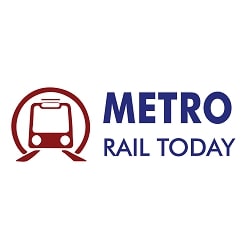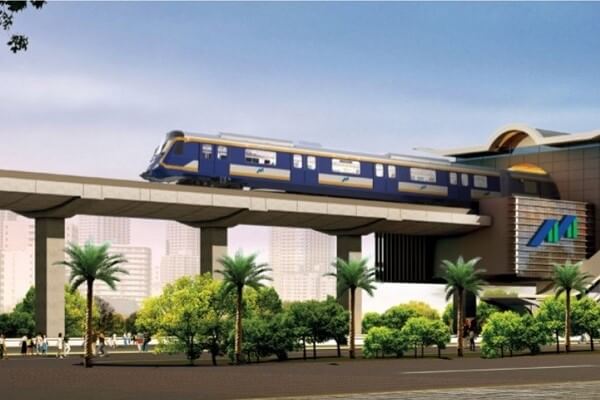 Efkon India wins ₹103 crore Telecom Contract for Mumbai Metro Line 7A and 9
Efkon India wins ₹103 crore Telecom Contract for Mumbai Metro Line 7A and 9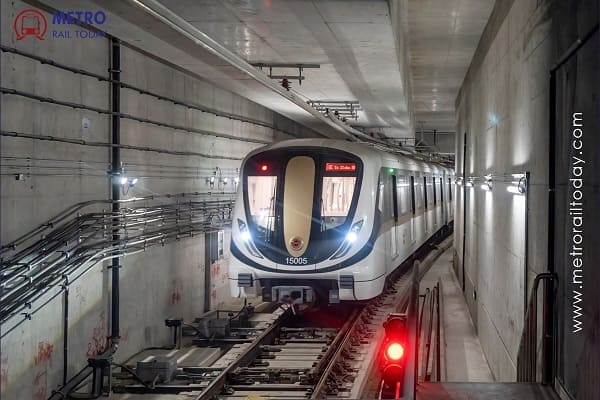 SYSTRA appointed Design Consultant for Patna Metro Underground Corridors
SYSTRA appointed Design Consultant for Patna Metro Underground Corridors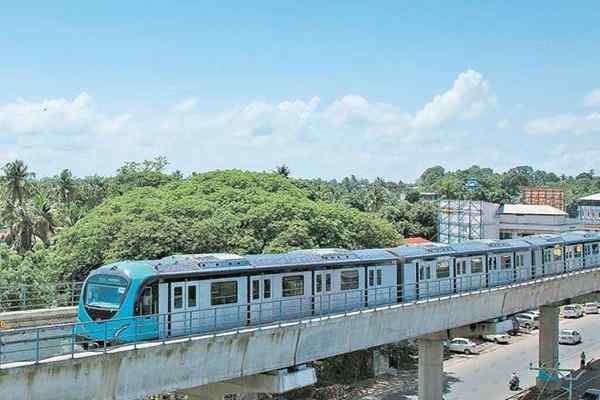 Kochi Metro Phase 2 Pink Line likely to miss June deadline due to funding issue
Kochi Metro Phase 2 Pink Line likely to miss June deadline due to funding issue Saudi Arabia restarted work on Jeddah Metro Rail Project under Saudi Vision 2030
Saudi Arabia restarted work on Jeddah Metro Rail Project under Saudi Vision 2030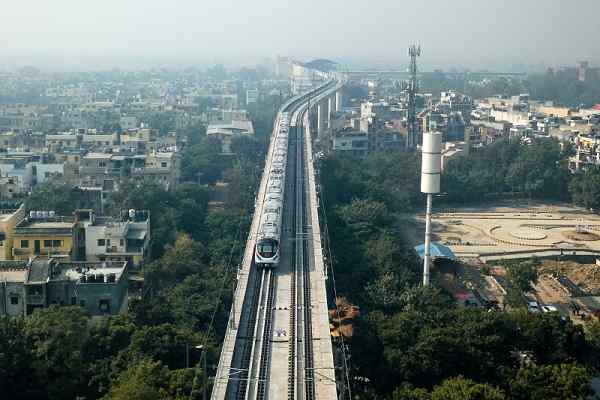 Delhi Govt releases funds for remaining Delhi Metro Phase IV Corridors
Delhi Govt releases funds for remaining Delhi Metro Phase IV Corridors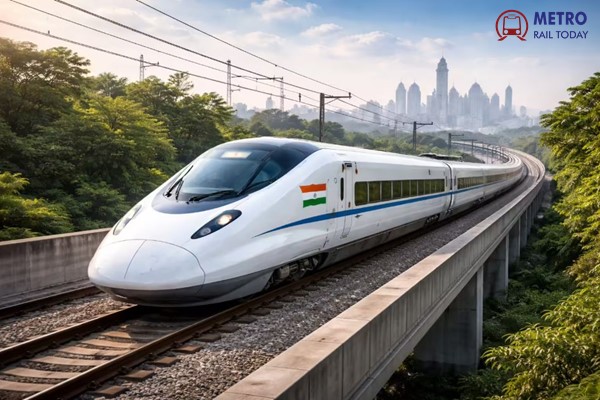 Italcertifer SpA appointed ISA for Mumbai-Ahmedabad High Speed Bullet Train Project
Italcertifer SpA appointed ISA for Mumbai-Ahmedabad High Speed Bullet Train Project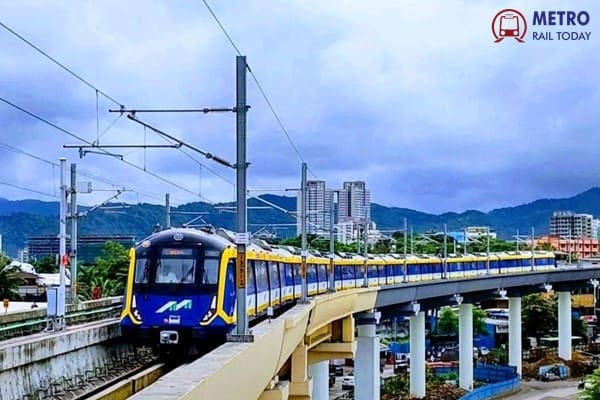 Univastu India Bags ₹391.76 Crore E&M Contract for Mumbai Metro Line 4 & 4A
Univastu India Bags ₹391.76 Crore E&M Contract for Mumbai Metro Line 4 & 4A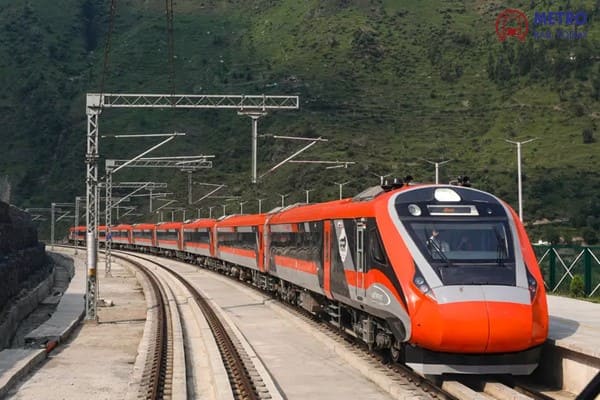 Prime Minister Narendra Modi Flags Off India's First Vande Bharat Sleeper Train
Prime Minister Narendra Modi Flags Off India's First Vande Bharat Sleeper Train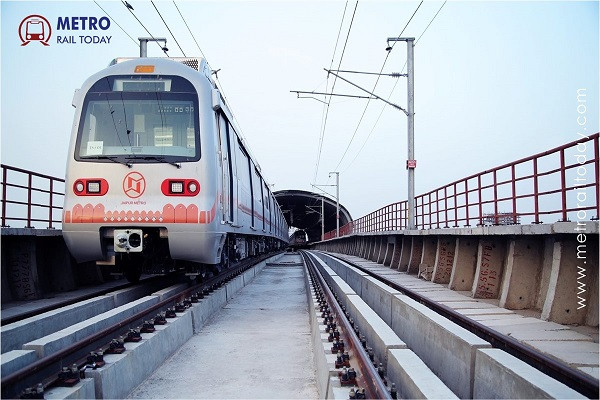 Ceigall - SAM India JV Wins ₹918 Crore Civil Contract for Jaipur Metro Phase 2
Ceigall - SAM India JV Wins ₹918 Crore Civil Contract for Jaipur Metro Phase 2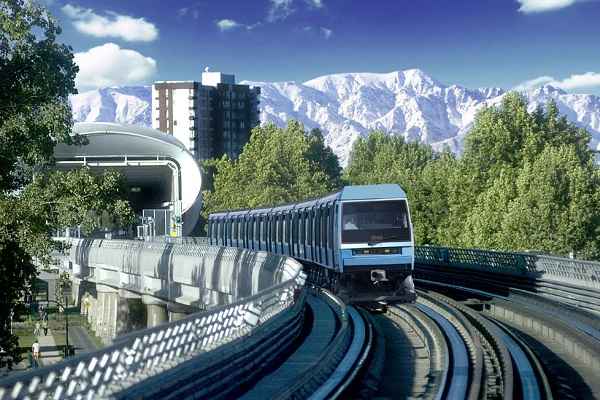 Webuild Bags €776 Million Contract for Rome Metro Line C Section T1
Webuild Bags €776 Million Contract for Rome Metro Line C Section T1
Indian Railways commences feasibility study for three High-Speed Rail Corridors
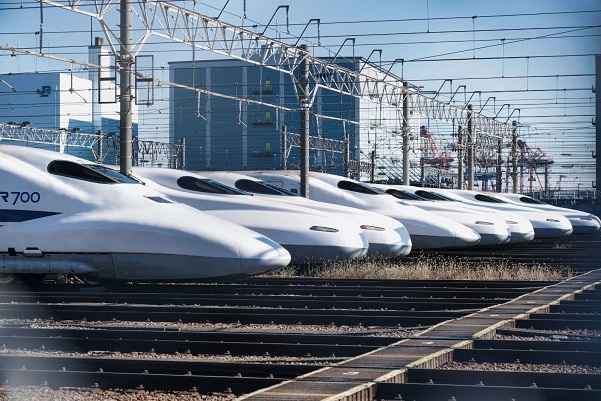
New Delhi, India (Metro Rail Today): In a significant development, Railway Minister Ashwini Vaishnaw revealed on Friday that Indian Railways has commenced feasibility studies for the implementation of high-speed rail corridors on three crucial Golden Quadrilateral routes. The identified routes include Delhi-Kolkata, Delhi-Mumbai, and Mumbai-Chennai, each spanning extensive distances and forming a vital part of the nation's rail network.
Vaishnaw, responding to inquiries during a session in the Rajya Sabha, disclosed that detailed project reports (DPR) have been drafted for high-speed rail (HSR) corridors on seven routes. These routes encompass the key connections of Delhi-Varanasi, Delhi-Ahmedabad, and Delhi-Chandigarh-Amritsar, demonstrating a comprehensive approach to advancing rail infrastructure.
DMK MP P Wilson raised specific queries regarding the proposed high-speed rail corridors, including the possibility of a bullet train connecting Chennai with New Delhi. In response, Vaishnaw emphasized that the approval of any HSR corridor or project hinges on a multifaceted evaluation process. Factors such as the results of the DPR, techno-economic feasibility, resource availability, and financing options play a pivotal role in the decision-making process.
Wilson further inquired whether the government envisions establishing bullet train corridors in every state by 2030. Minister Vaishnaw clarified that, to date, the Mumbai-Ahmedabad High-Speed Rail (MAHSR) Project stands as the sole sanctioned high-speed rail project. Notably, this project has received both technical and financial support from the Government of Japan, underlining international collaboration in India's pursuit of advanced rail infrastructure.
Feasibility studies have been actively conducted on the three Golden Quadrilateral routes. Delhi-Kolkata, spanning 1,474 km, Delhi-Mumbai covering 1,402 km, and Mumbai-Chennai stretching over 1,317 km are pivotal links in the Golden Quadrilateral network connecting major cities like Delhi, Mumbai, Chennai, and Kolkata.
Furthermore, the railways have initiated survey and detailed project report (DPR) preparations for seven additional routes, showcasing a comprehensive expansion plan. These routes include Delhi-Varanasi (813 km), Delhi-Ahmedabad (878 km), Mumbai-Nagpur (765 km), Mumbai-Hyderabad (671 km), Chennai-Bengaluru-Mysore (approximately 435 km), Delhi-Chandigarh-Amritsar (459 km), and Varanasi-Howrah (approximately 760 km).
The commitment to advancing rail connectivity through high-speed corridors underscores Indian Railways' dedication to modernizing the nation's transportation infrastructure. The ongoing studies and preparations signify a strategic and forward-thinking approach, considering the complex factors involved in approving and executing such transformative projects.
In conclusion, the prospect of high-speed rail on the Golden Quadrilateral routes and beyond reflects India's aspirations for a cutting-edge and efficient rail network. As the nation explores the possibilities of bullet trains and enhanced connectivity, the future of rail travel in India appears poised for exciting advancements.




